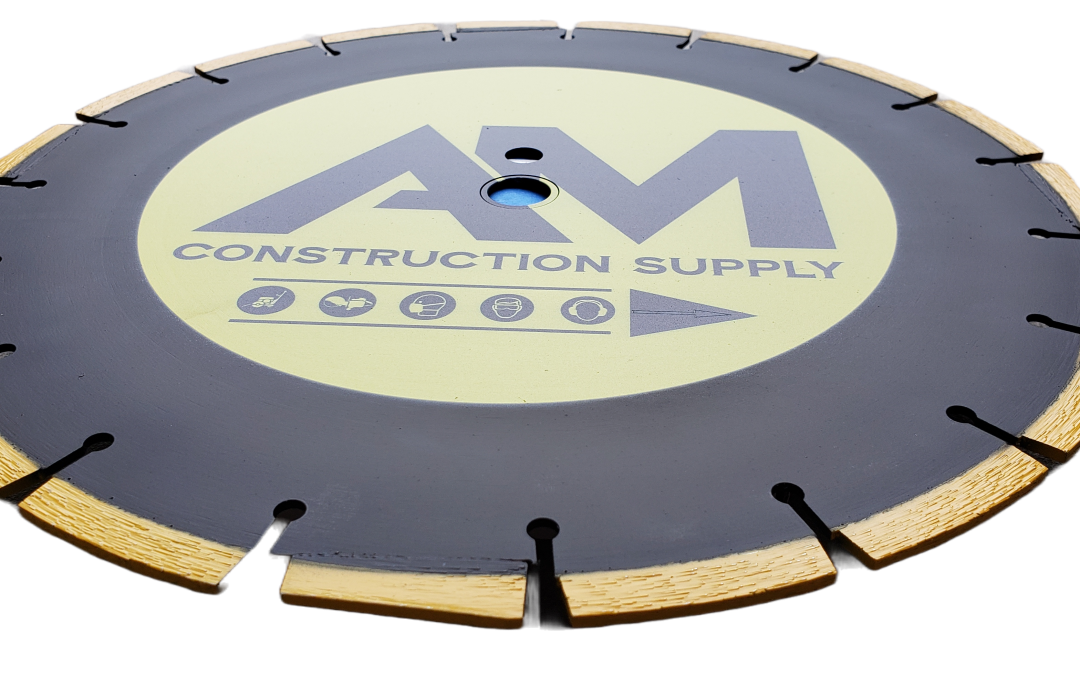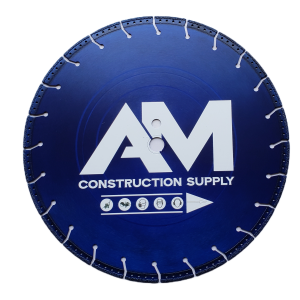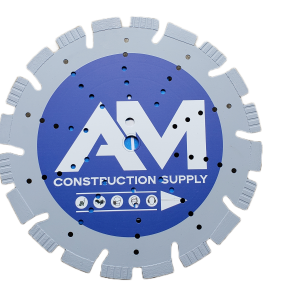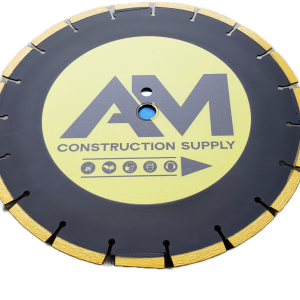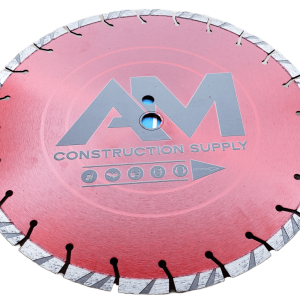Cutting asphalt with a diamond blade can seem like a daunting task, but with the right safety measures and equipment, it can be done easily and efficiently. In this article, we’ll go over the steps you need to follow to ensure a clean and precise cut on your asphalt surface. We’ll also cover the importance of safety precautions and choosing the right diamond blade for the job. Finally, we’ll discuss tips for maintaining your diamond blade and ensuring its longevity.
I. Introduction
Asphalt is a popular material used for paving roads, driveways, and parking lots. It is a durable and cost-effective material that can withstand heavy traffic and extreme weather conditions. However, cutting asphalt can be a challenging task, and using the wrong equipment can lead to uneven cuts and damage to your tools.
Knowing how to cut asphalt with a diamond blade is essential for anyone working with asphalt. Diamond blades are designed to cut through tough materials like asphalt quickly and efficiently, resulting in a clean and precise cut. In this article, we’ll guide you through the steps you need to follow to ensure a smooth and successful cut on your asphalt surface.
II. Safety Precautions
Before we dive into the steps for cutting asphalt, it’s essential to discuss the importance of safety measures. Cutting asphalt can be a hazardous task, and taking proper safety precautions is crucial to avoid accidents and injuries.
The first step in staying safe while cutting asphalt is to wear protective equipment. This includes safety goggles, gloves, and earplugs to protect your eyes, hands, and ears from flying debris and loud noises. It’s also recommended to wear a dust mask to prevent inhaling any harmful dust particles.
In addition to wearing protective equipment, there are other tips for staying safe while cutting asphalt. Make sure to clear the area of any debris or obstructions that could get in the way of your cutting path. Also, mark out the area you need to cut to ensure accuracy and prevent cutting in the wrong area.
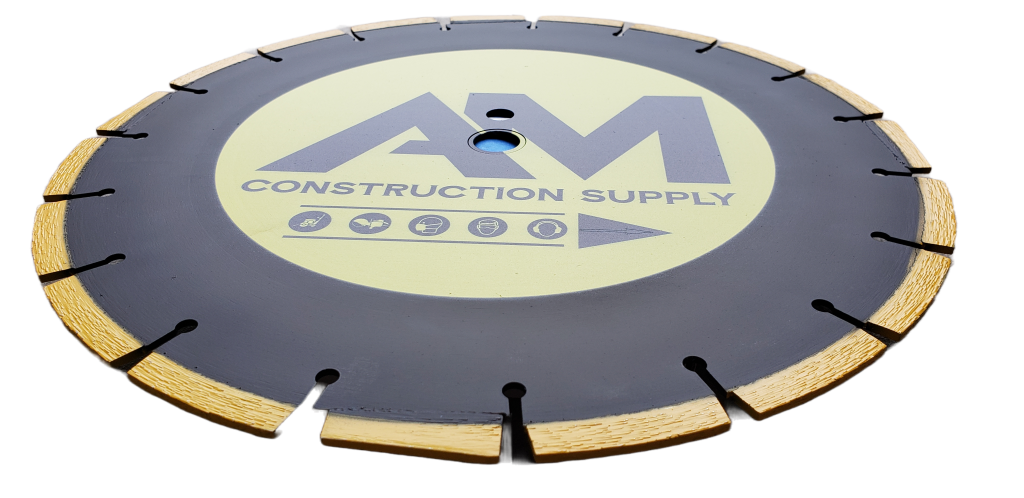
III. Choosing the Right Diamond Blade
Selecting the right diamond blade for the job is crucial to ensure a smooth and efficient cutting process. There are different types of diamond blades available, and each is designed for a specific purpose.
When selecting a diamond blade, you should consider the type of asphalt you’ll be cutting, the depth of the cut, and the type of saw you’ll be using. It’s also essential to choose a blade with the right size and arbor hole for your saw.
Using the wrong diamond blade can lead to uneven cuts and damage to your equipment, so it’s crucial to choose the right blade for the job.
IV. Preparing the Asphalt Surface
Preparing the asphalt surface before cutting is essential to ensure a clean and precise cut. First, clear the area of any debris and obstructions, as we mentioned earlier. Next, mark out the area to be cut using chalk or spray paint. This will ensure that you cut in the right area and avoid damaging any surrounding asphalt.
It’s also crucial to ensure that the asphalt is dry and free of moisture before cutting. Wet asphalt can be challenging to cut, and it can also lead to damage to your diamond blade.
V. Cutting the Asphalt
Now that you’ve taken the necessary safety precautions and prepared the asphalt surface, it’s time to start cutting. Here are the steps to follow:
- Mount the diamond blade on the saw: Follow the manufacturer’s instructions to mount the blade securely onto your saw.
- Adjust the saw to the correct depth and angle: Adjust the saw to the depth and angle you need for your cut. Make sure to follow the manufacturer’s instructions and use the correct settings for your blade.
- Start the saw and begin the cutting process: Turn on the saw and slowly lower the blade onto the asphalt surface. As you begin cutting, be sure to maintain a steady pace and keep the blade moving smoothly to avoid jagged edges. Also, avoid forcing the blade through the asphalt, as this can cause damage to both the blade and the asphalt.
- Tips for a smooth and clean cut: To ensure a smooth and clean cut, it’s important to keep the blade cool and lubricated throughout the cutting process. You can do this by applying water to the cutting area or using a specialized blade coolant. Additionally, you should make sure to take breaks periodically to allow the blade to cool down.
VI. Maintaining the Diamond Blade
After completing the cutting process, it’s crucial to properly maintain your diamond blade to ensure its longevity and effectiveness. Here are some tips for maintaining your blade:
- Clean the blade after use: Once you’re finished cutting, be sure to clean the blade thoroughly to remove any debris or residue. You can use a specialized blade cleaner or a mixture of water and dish soap to clean the blade.
- Store the blade properly: When not in use, store the blade in a dry and secure location. It’s best to keep the blade in its original packaging or a specialized blade case to prevent damage.
- Sharpen the blade regularly: Over time, diamond blades can become dull and less effective. To maintain the blade’s effectiveness, it’s essential to sharpen it regularly. You can use a specialized diamond blade sharpener or take the blade to a professional sharpening service.
- Replace the blade when necessary: Finally, it’s important to replace the diamond blade when it becomes worn or damaged. Using a damaged blade can lead to uneven cuts and damage to your equipment, so it’s essential to replace the blade when needed.
VII. Conclusion
In conclusion, cutting asphalt with a diamond blade can be a challenging task, but with the right safety precautions and equipment, it can be done efficiently and effectively. Remember to always wear protective equipment and follow the steps outlined in this article to ensure a smooth and precise cut. Additionally, choosing the right diamond blade, preparing the asphalt surface, and maintaining your blade are essential steps to ensure the longevity and effectiveness of your equipment. Consult your local professional or contractor for assistance!

